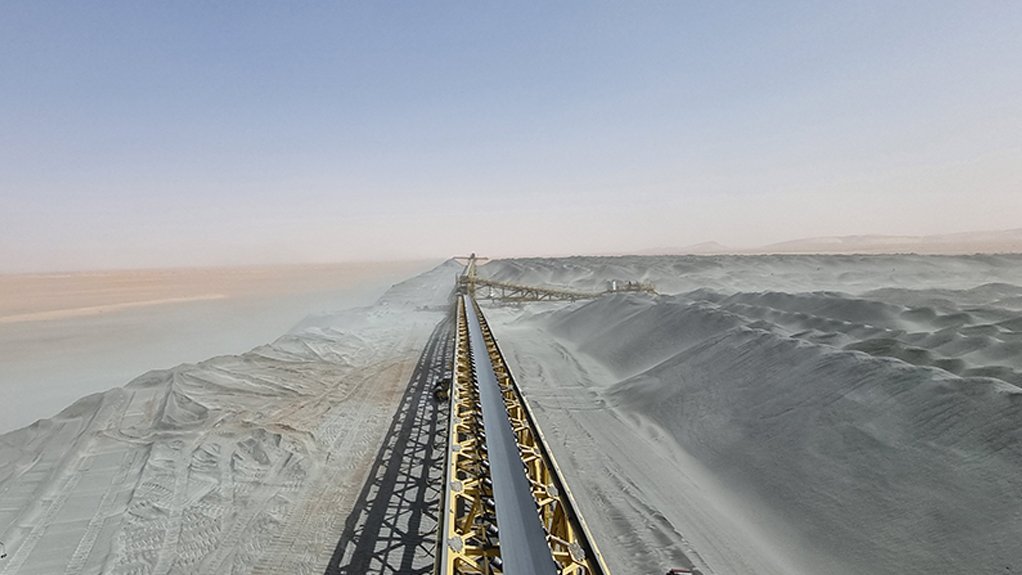Mining’s Role in the Green Energy Transition
Thirty percent of the world’s mineral deposits, including those critical in the manufacturing of green technologies are scattered within Africa’s soils. The DRC produces seventy percent of the world’s cobalt, Zambia is the second largest producer of copper on the continent, and South Africa holds the greatest share of manganese reserves. While the outcomes of COP27 have yet to live up to its name of “implementation”, one point was made clear: greenwashing will not be tolerated.
This is particularly pertinent for companies in the mining sector; ESG has been ranked as a top business risk and opportunity for mining and metals this year. Ensuring that strong and resilient environmental, social and governmental policies are in place is no longer a “box ticking” exercise for firms dealing with natural resources. Seventy percent of mining projects from six of the largest mining companies are currently operating in water-stressed regions. A vitally important feature in the processing of minerals, the scarcity of water as a natural resource has made ensuring sound water stewardship and biodiversity policies urgent priorities. Equally critical is the need to improve reporting and transparency to avoid accusations of green washing while simultaneously strengthening stakeholder confidence.
Besides a green energy transition, the world is also experiencing a massive technological one. Demand for critical metals and raw minerals is set to soar as the world gears up for the race to net zero, placing the mining sector at the core of the green energy transition. Decarbonising the global economy will be metal intensive as countries continue to move forward with electrification policies, such as placing bans on the sale of new petrol and diesel cars by 2030, therefore putting pressure on the battery economy in the production of electric vehicles. Increased manufacturing of solar panels and wind turbines will also shape the supply and demand for critical minerals and metals for the foreseeable future for both mineral-rich countries and a variety of industries.
The required speed of the technological transition to facilitate the move away from a fossil fuel dependent global economy will force companies in the mining sector to scale up production within a substantially short time frame. Long-lead times, supply chain disruption, and price volatility are all challenges which stakeholders in the metals and mining industry will have to integrate into their production and manufacturing plans moving forward. Geopolitical uncertainties and resource nationalism are also a risk for the sector. The impact of war in Ukraine and heighted US-China trade tensions are indicators that those in the mining industry need to maintain a thorough understanding of the impact of international conflicts on business strategy.
As the world’s youngest continent, African countries should leverage the value chain of manufacturing through domestic industrialisation, creating new job opportunities for its growing workforce. The energy transition is estimated to create over 9 million jobs by 2030, which would outweigh the job losses that will take place in fossil fuel industries. On top of job creation, socio-economic benefits such as expanding universal access to energy and improvements to public health with reduced air pollution, the International Renewable Energy Agency’s Welfare Index has identified. Yet, the question remains: to what extent will Africa benefit from an increased global demand for mineral resources? While the real effects are still to be seen, there is plenty to suggest that African economies stand to benefit from the green energy transition.

